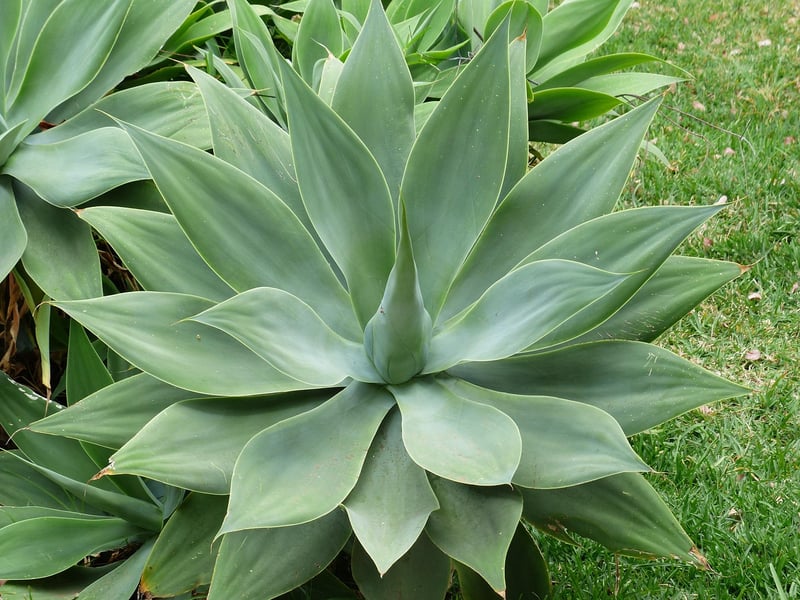Light requirements
Essential Plant Care Advice: Light Requirements
Proper care is essential to ensure your plants thrive and remain healthy. One crucial aspect of plant care is understanding their specific light requirements. Different plants have varying needs when it comes to light exposure, and providing the right amount of light is key to their growth. Here's a guide to help you understand and meet your plants' light needs:
Types of Light
Plants generally require three main types of light:
- Full Sunlight: These plants need direct sunlight for at least 6 hours a day.
- Partial Sunlight: These plants thrive in indirect sunlight or bright, filtered light.
- Low Light: These plants can survive in minimal natural light or artificial light.
Assessing Light Conditions
Before placing your plants, assess the light conditions in your home or garden:
- Observe the direction of windows and the amount of sunlight they receive.
- Consider any obstacles that may block light, such as buildings or trees.
- Use a light meter to measure the intensity of light in different areas.
Matching Plants with Light Requirements
Once you understand the light conditions, choose plants that suit your environment:
- Place sun-loving plants like succulents and cacti in sunny spots.
- Opt for shade-loving plants such as ferns and peace lilies in low-light areas.
- Adjust the placement of plants that require medium light levels accordingly.
Signs of Incorrect Light Exposure
Improper light exposure can lead to various issues in plants:
- Yellowing or browning of leaves.
- Leggy growth with elongated stems.
- Poor flowering or fruiting.
By understanding your plants' light requirements and providing suitable conditions, you can promote healthy growth and vibrant foliage. Remember to regularly monitor and adjust light exposure as needed to ensure your plants thrive!

Image source: Pixabay
